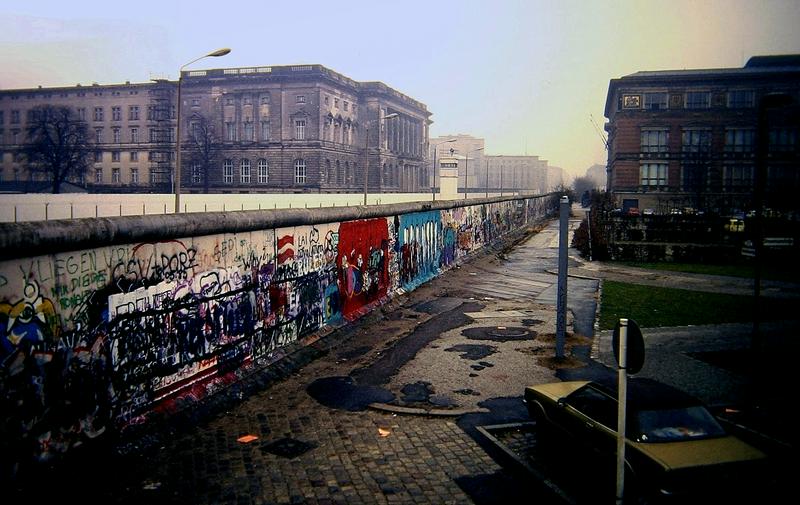If Walls Could Speak
By | October 23, 2019

Walls have been built and used throughout history for various reasons. Usually, walls are built to either keep people in or keep people out or a combination of both. Sometimes it is just a form of protection from possible enemies or thieves.
The Berlin Wall
One of the most infamous walls in history was the Berlin Wall. After World War II ended in 1945, Germany was split up into allied occupation zones with the east going to the Soviet Union and the west going to the United States, Great Britain, and France. East Germany did not want the West interfering with their Communist system of government. They were losing people as they would escape the Communist regime by crossing over from the Eastside to the Westside by way of Berlin. When East Germany finally had their fill of it, they built a wall in Berlin in 1961 to stop them. This stopped people from being able to come and go freely from one side to the other. People then had to pass through specific checkpoints with people sometimes getting killed for trying to get over the wall anyway. At times, people did still manage to escape through unconventional means.


Wall of China
Construction of the Wall of China began in ancient times. Located in the northern part of the country, it now extends 13,000 miles long.
The early dynasties wanted to protect themselves from the northern attacks. Over the years, the wall has needed repairs that were done by succeeding dynasties, especially during the Ming Dynasty. It was during this period of time when the most notable construction was done. Besides the wall, other construction was carried out as well such as temples and bridges. The work done on the wall during the Ming Dynasty started around 1474 and appears as it is today. The Great Wall of China stands as a symbol of strength for China.

Walls of Jericho
Another example of a historical wall was in Jericho recorded in the Book of Joshua chapter 6. A huge wall was built around the city of Jericho with gates that were barred to keep people in or out. Joshua and the Israelites were given specific instructions in order to capture the city. They were told to march around the city for six days with the priests carrying rams’ horns. On the seventh day, they were to march around the city seven times while the priests blew the trumpets. On the seventh time around the city, the priests were to blow a long loud blast. When the people heard that sound, they were to all shout very loudly. Up until that point, the people were not to make a sound. When it was time to shout, the people shouted with a loud shout. The walls came down and the city was taken. They then burned the whole city.
Biblical scholars believe this to be an accurate account while skeptics hold to other explanations. There is however some evidence uncovered by archaeologists that could support the biblical view.

Hadrian’s Wall
The wall called Hadrian’s Wall is located between Scotland and England although it is not considered to be an exact present-day borderline. This wall took six years to complete with the construction starting from the east end of it. It was built by Roman soldiers during the time of Emperor Hadrian in 117 A.D. The goal of building the wall was to protect themselves from being invaded by the Caledonians and others. Fourteen forts were added to the wall that was called the Vallum to the south. Only part of the wall still stands today, which is partly due to John Clayton, who, in the 19th century, bought up land around it to keep local farmers from taking away the stones to use themselves.

The Wailing Wall
One of the holiest sites in the world is the Wailing Wall or the Western Wall. For the Jews, it is the holiest place to pray, according to the Jewish faith. One of the reasons it is so holy is because of its proximity to the Temple Mount. It is the last remnant of the Holy Temple in Jerusalem that was destroyed in 70 A.D. by the Romans. The original reason for building this wall was just like the other walls – protection from enemy attack. Nehemiah originally built the wall for this reason. There has been, and still is, much controversy over this site as to who should have access to it.
Many walls throughout history have made their mark and served a specific purpose. While some have been destroyed or fallen, others remain as memorials of the purpose in which they served or continue to serve.

